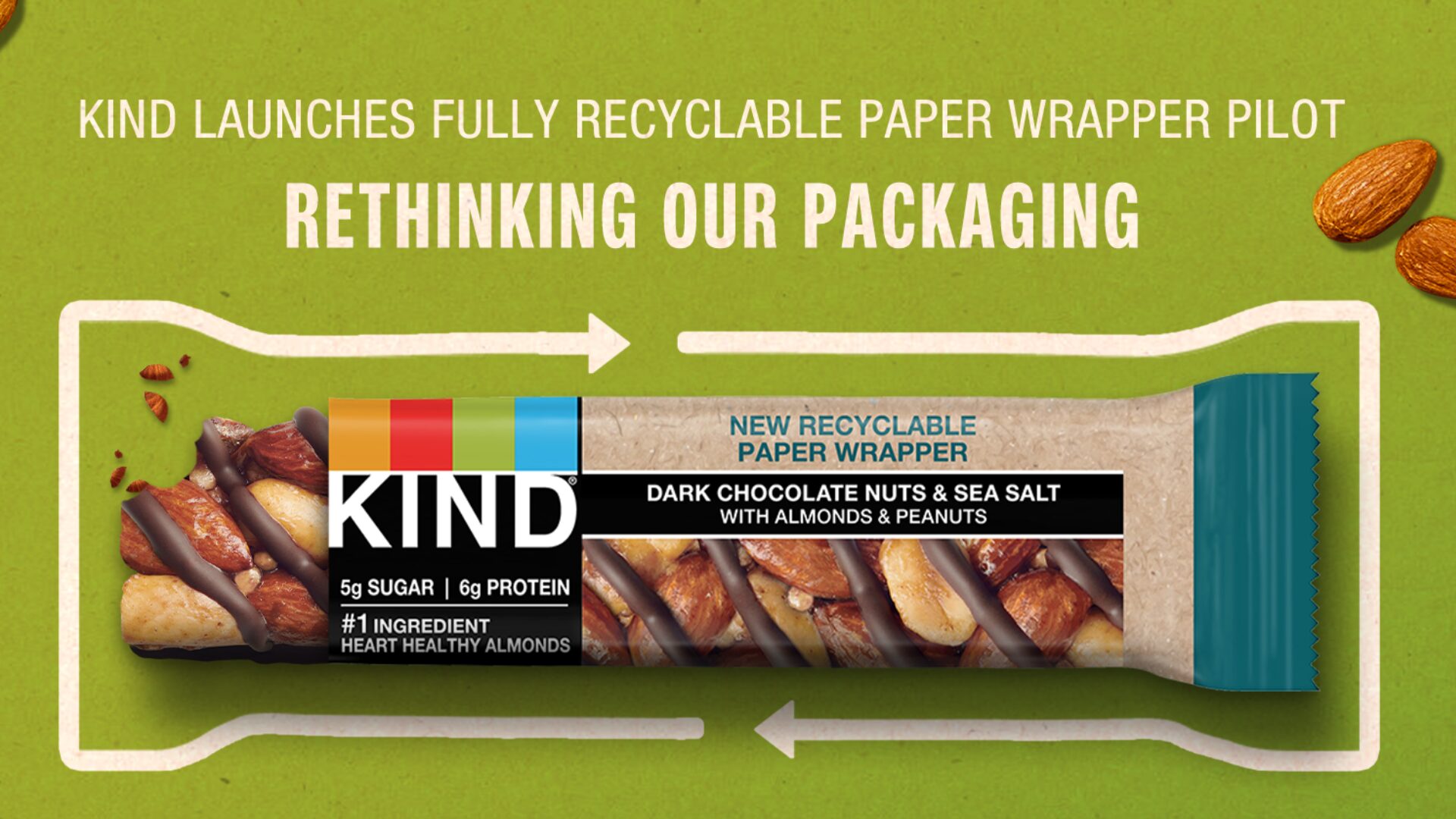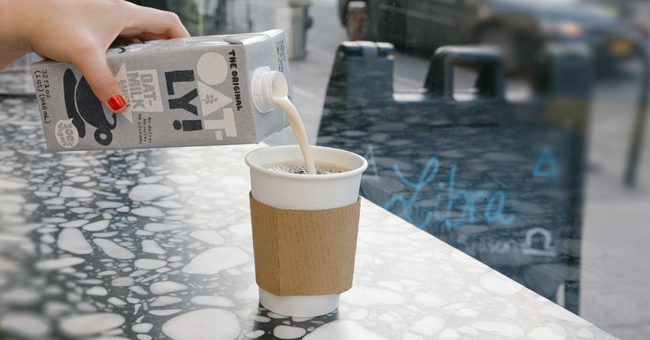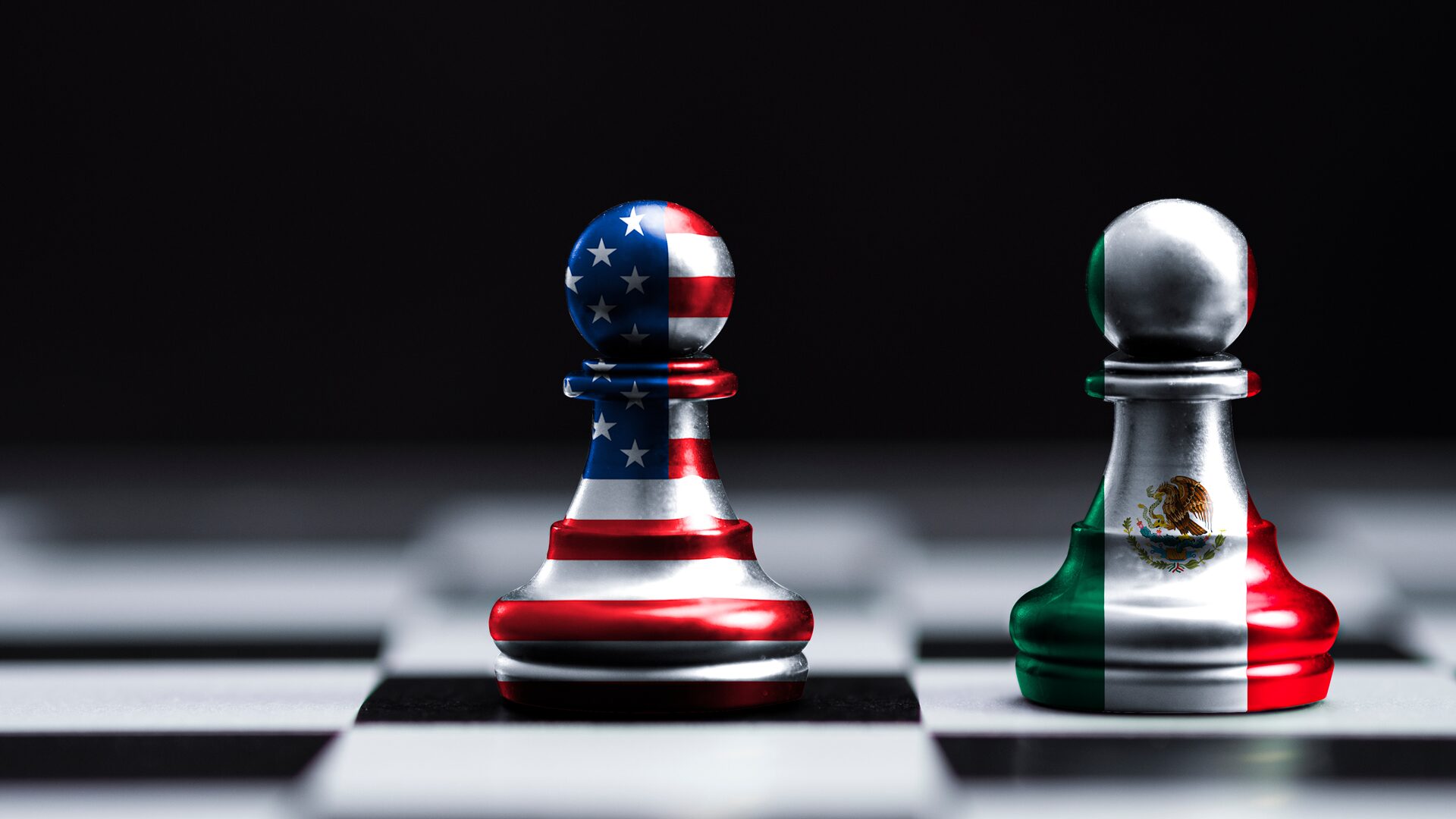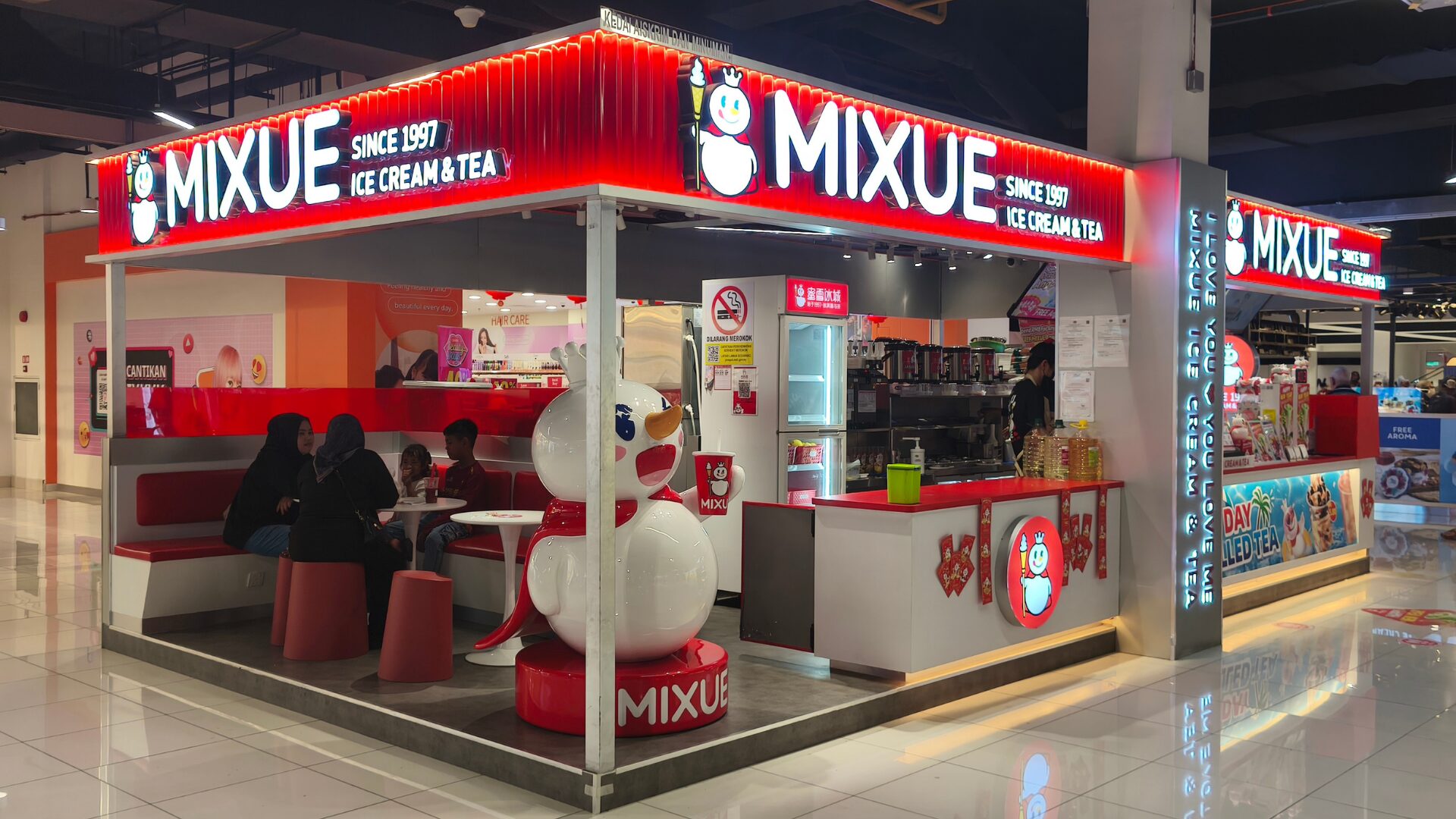According to a study conducted by Allied Market Research (June 2020), the non-dairy ice cream market was valued at roughly $520 million in 2019 and is growing at a compound annual growth rate of 13.7%.
The aforementioned study noted several factors for non-dairy ice cream’s growth, including increasing health awareness, greater disposable income, and rising numbers of consumers with lactose intolerance.
A separate study conducted by GQ Research (April 2021) found that, with 38.4% of the market, North America dominated non-dairy ice cream sales. The study also indicated that brands like Unilever, Tofutti Brands Inc., General Mills, Van Leeuwen, and Trader Joe’s are amongst the biggest players in the vegan ice cream market.
WHAT LIES AHEAD
The number of varieties and innovations in vegan ice cream is also increasing. Swedish company Oatly recently began selling soft-serve, oat-based ice cream at Major League Baseball stadiums in Texas and Illinois, according to LiveKindly (April 8). Meanwhile, VegNews (March 26) reported Wildgood, a company backed by celebrity chef Bobby Flay, began selling its olive oil based ice cream at grocery stores in the U.S. earlier this month.
Meanwhile, Forager Project, a California-based vegan brand, expanded into the ice cream market and unveiled five new flavors. Additionally, KIND snacks recently released its own line of non-dairy flavors, reported The Beet (March 20).
PART OF A BIGGER TREND
The increasing popularity of vegan ice cream is part of the growing demand for vegan and plant-based food products of all kinds. The plant-based industry was valued at $5.6 billion in 2020 in the U.S. alone and is projected to reach $10.7 billion by 2027, according to Research and Markets (March 2021).
Multiple major food brands have plans to grow their production of vegan foods. Unilever, the maker of Ben and Jerry’s Ice Cream, has set its sight on a fivefold increase of vegan products in the next seven years — a targeted $1.2 billion of its sales, according to the Wall Street Journal (November 2020).











